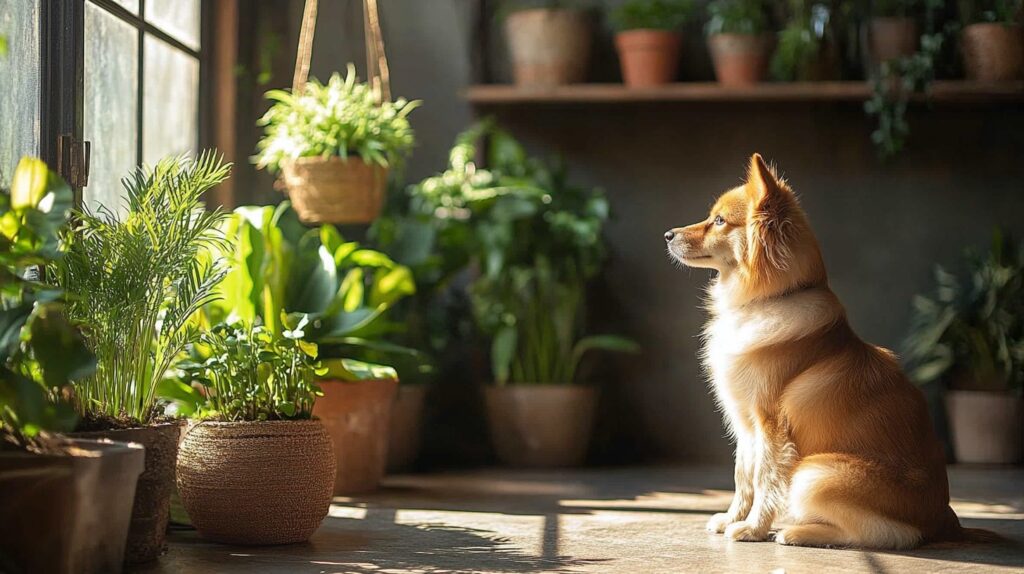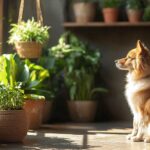Introduction
For pet owners, creating a safe and beautiful home is a top priority, and that includes choosing the right indoor plants. Many popular plants can be harmful to cats and dogs if ingested, leading to anything from mild discomfort to serious health issues. This guide offers a list of pet-safe indoor plants and helpful tips on creating a lush, pet-friendly indoor garden that both you and your furry friends can enjoy.
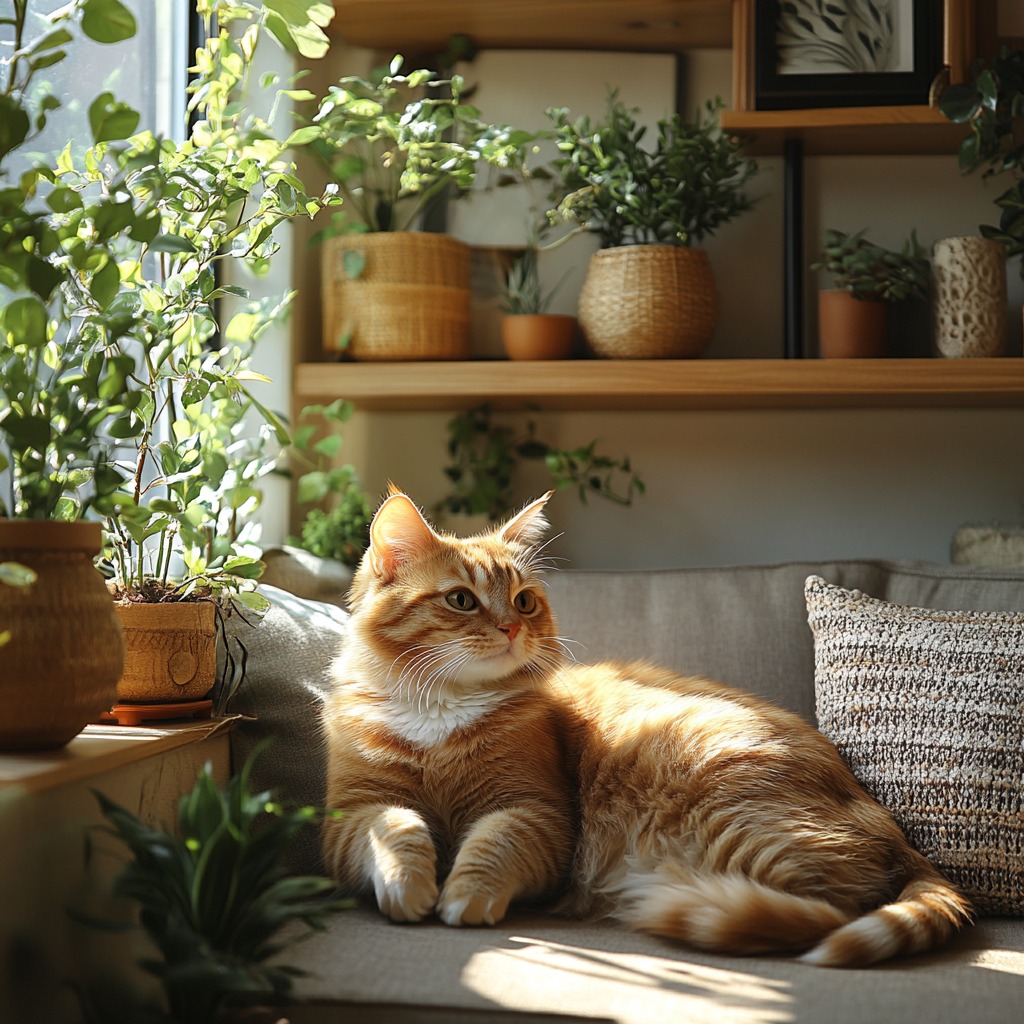
Understanding Plant Safety for Pets
Why Some Plants are Dangerous
Certain plants contain toxic compounds that can be harmful to pets if ingested. Compounds like saponins, alkaloids, and calcium oxalate crystals are common in many household plants and can cause symptoms like vomiting, drooling, and even organ failure in severe cases. Pet owners need to be aware of these compounds to prevent accidental poisoning.
Signs of plant poisoning in pets include drooling, vomiting, lethargy, or difficulty breathing. If you suspect your pet has ingested a toxic plant, contact a veterinarian immediately for guidance.
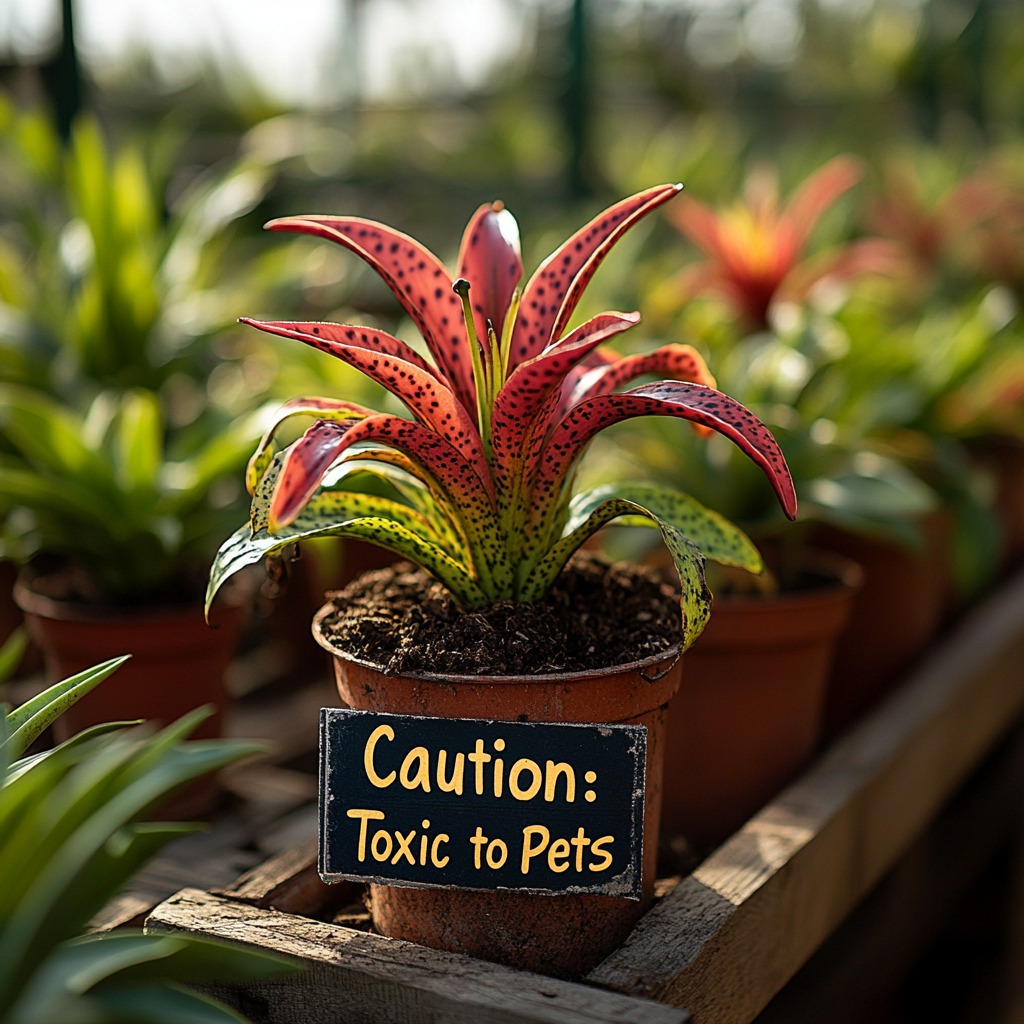
Emergency Steps for Pet Owners:
- Remove any remaining plant material from your pet’s mouth.
- Rinse their mouth gently with water if possible.
- Keep the plant sample to show your vet.
- Call your vet or a pet poison helpline for immediate assistance.
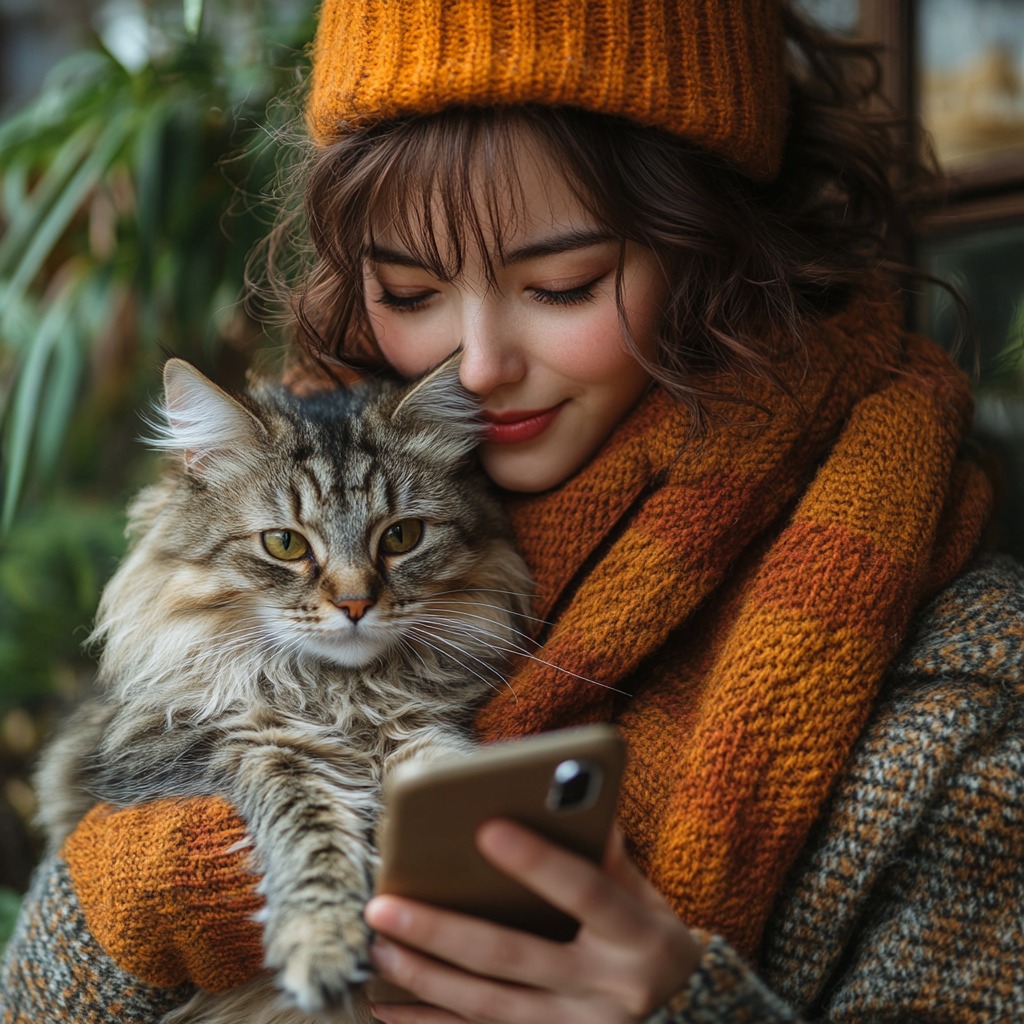
How to Pet-Proof Your Indoor Garden
Creating a pet-safe indoor garden involves more than choosing non-toxic plants. Follow these strategies to keep your indoor garden both beautiful and safe:
- Placement Strategies: Place plants out of your pet’s reach, using elevated shelves or hanging planters to keep them away from curious paws.
- Training Tips: Use positive reinforcement to train your pets to avoid plants.
- Additional Safety Measures: Consider barriers around larger plants or use natural pet repellents to keep pets from chewing on leaves.
The 15 Pet-Safe Indoor Plants
1. Spider Plant (Chlorophytum comosum)
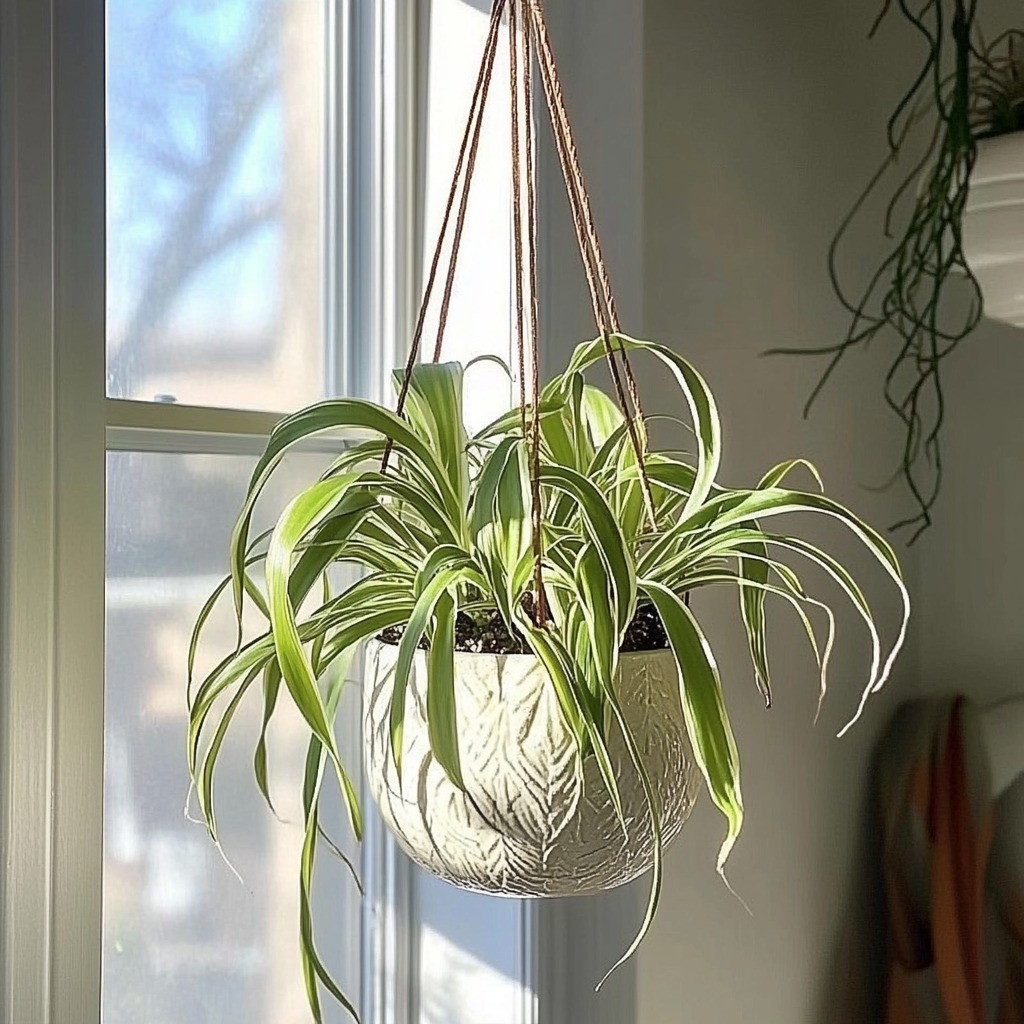
Get it here
- Safety Profile: Non-toxic to cats and dogs.
- Care Requirements: Thrives in indirect sunlight and requires watering once the soil feels dry.
- Benefits for Home: Purifies the air by removing formaldehyde and other toxins.
- Pet Interaction Notes: Cats love the long, dangling leaves, but the plant is safe if nibbled.
- Styling Tips: Hang in a basket or place on a shelf for a lively, green touch.
2. Boston Fern (Nephrolepis exaltata)
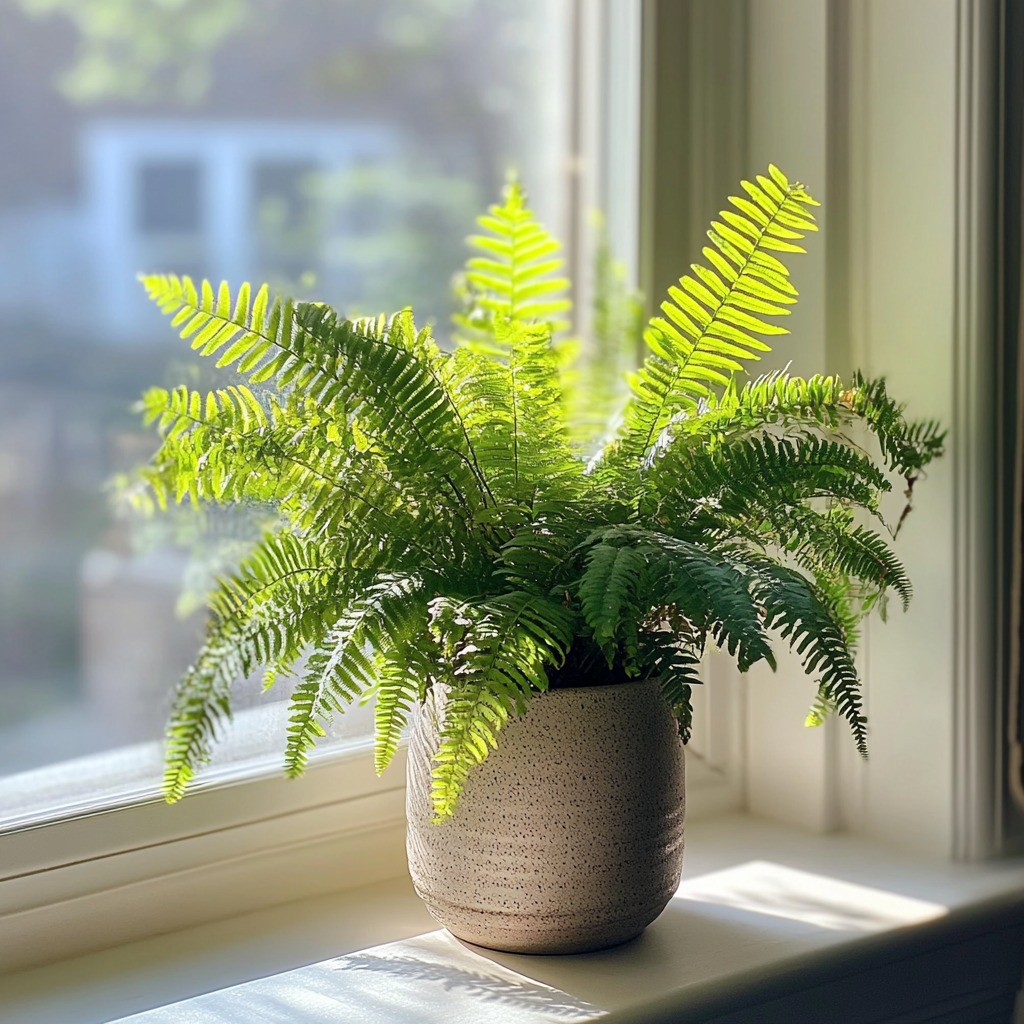
Get it here
- Safety Profile: Safe for pets.
- Care Requirements: Needs high humidity and indirect light; keep soil moist.
- Benefits for Home: Adds lush greenery and helps increase humidity indoors.
- Styling Tips: Great for hanging planters or plant stands in bright rooms.
3. African Violet (Saintpaulia)
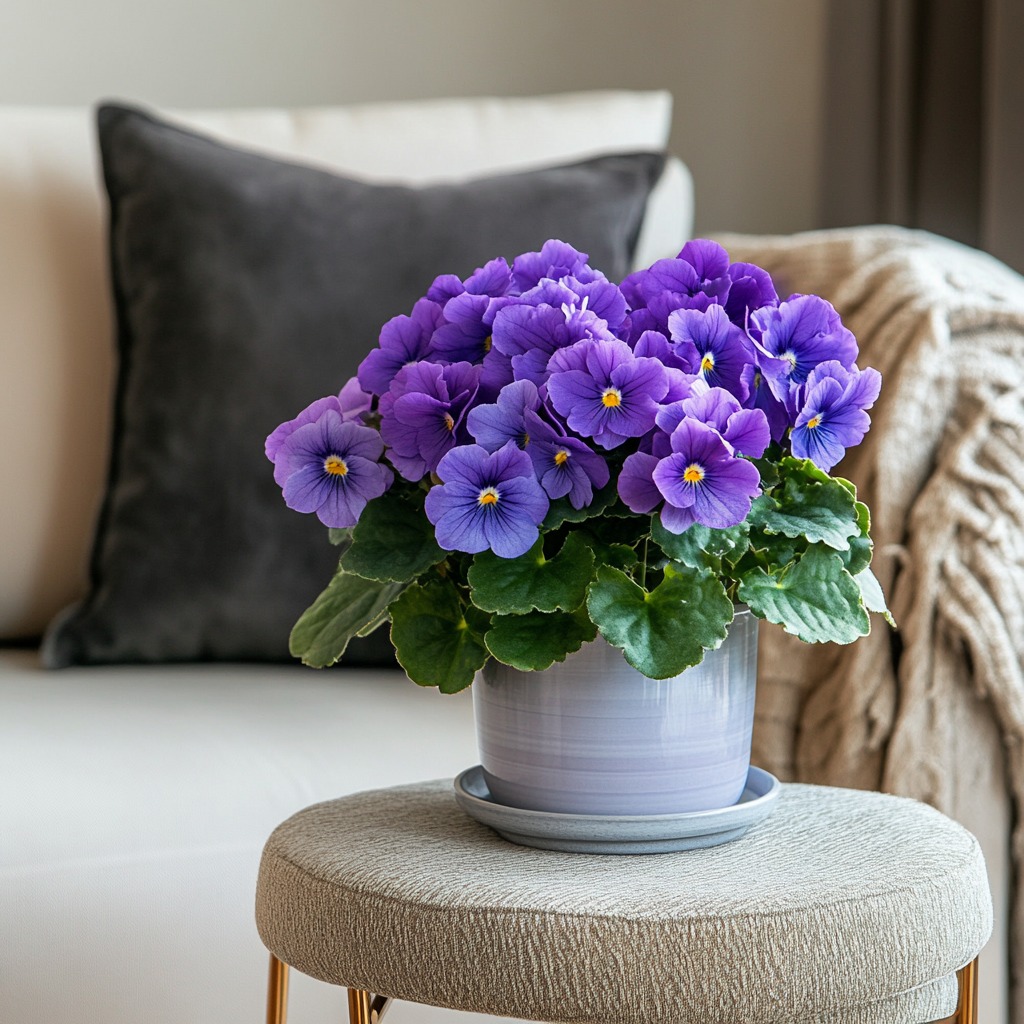
Get it here
- Safety Profile: Non-toxic to pets.
- Care Requirements: Requires medium to bright indirect light and water when the soil feels dry.
- Benefits for Home: Adds vibrant color with its flowers.
- Pet Interaction Notes: Safe if touched, but best to keep off the floor to avoid tipping.
4. Calathea
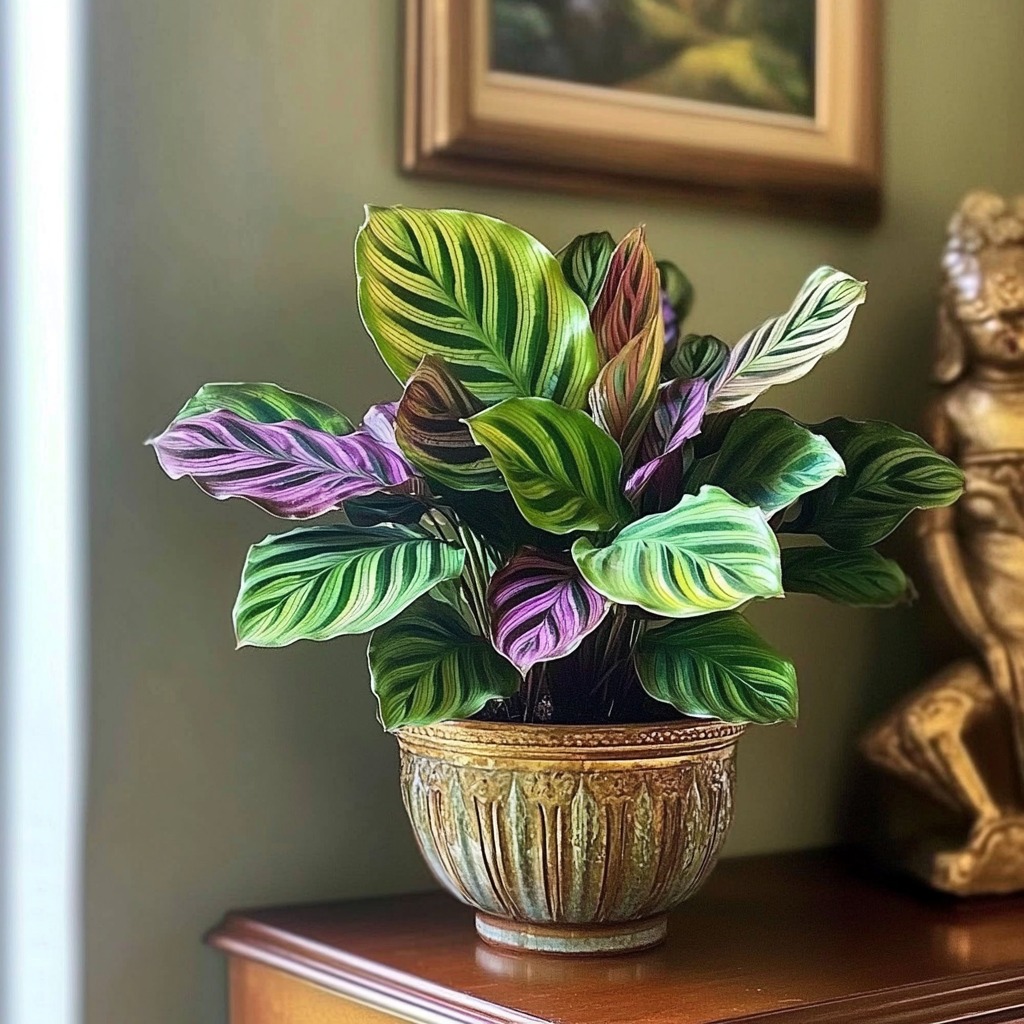
- Safety Profile: Pet-safe and non-toxic.
- Care Requirements: Thrives in indirect light and high humidity; keep soil consistently moist.
- Benefits for Home: The beautiful, patterned leaves make this plant a visual delight.
- Styling Tips: Perfect for low-light areas or shaded corners.
5. Money Tree (Pachira aquatica)
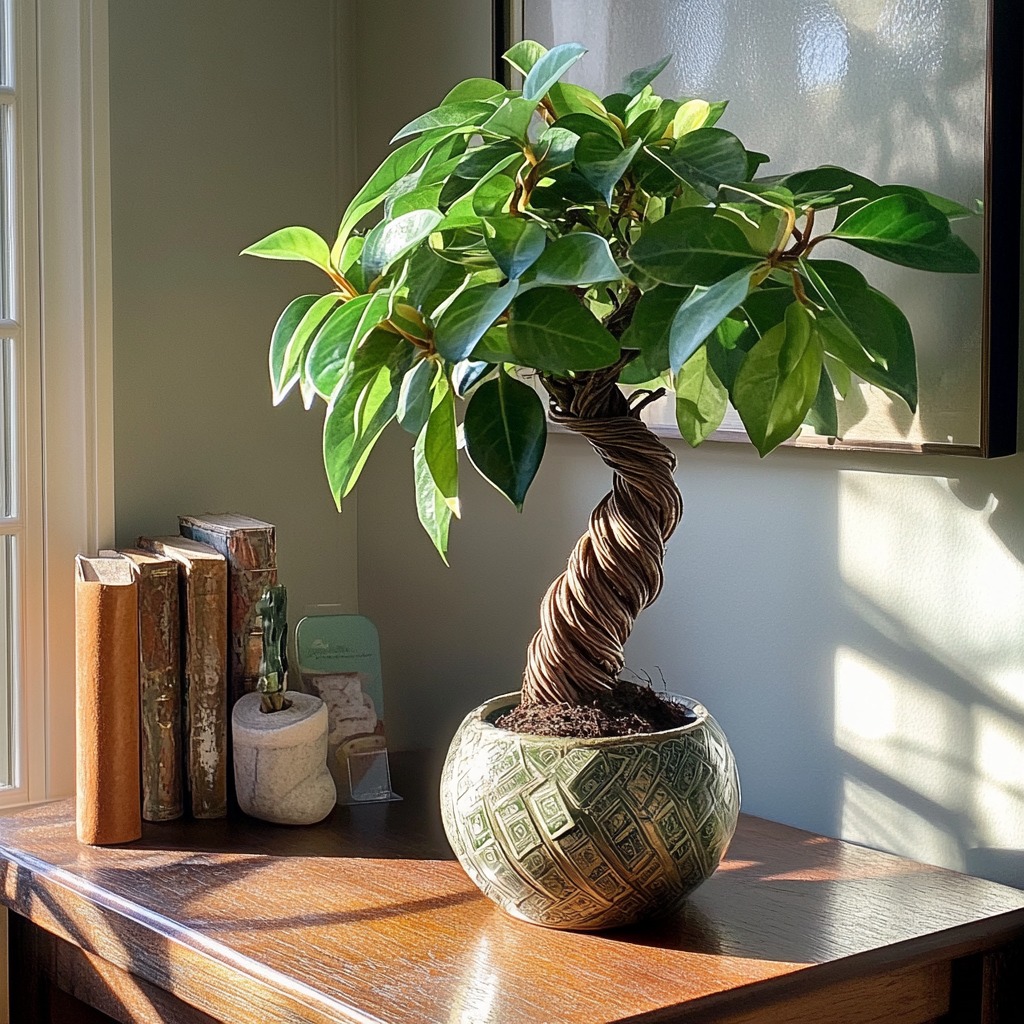
- Safety Profile: Non-toxic to cats and dogs.
- Care Requirements: Prefers bright, indirect light and moderate watering.
- Benefits for Home: Symbolic of good luck and prosperity.
- Pet Interaction Notes: Place out of reach if pets are curious about the braided trunk.
6. Bamboo Palm (Chamaedorea seifrizii)
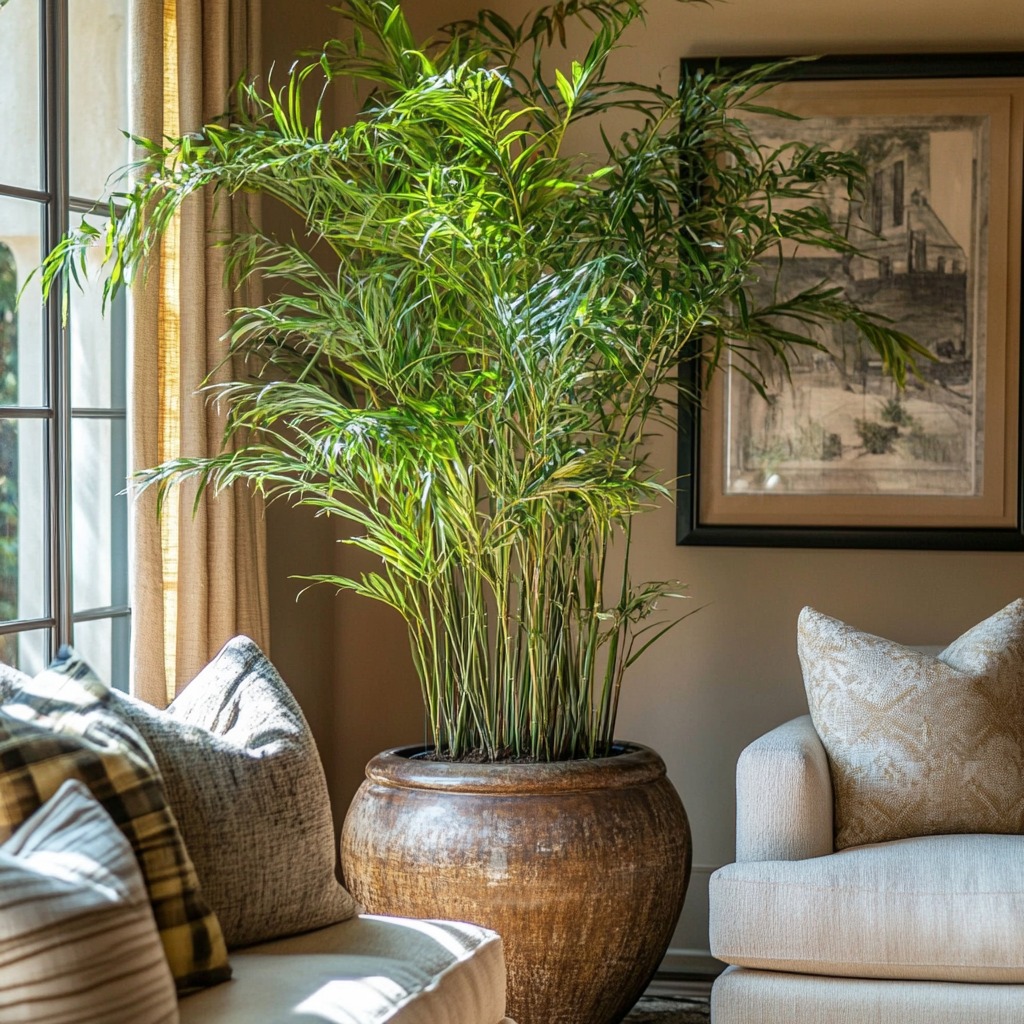
- Safety Profile: Safe for pets.
- Care Requirements: Needs bright, indirect light and regular watering.
- Benefits for Home: Adds tropical vibes and purifies air.
- Styling Tips: Great for corners or as a floor plant in spacious rooms.
7. Swedish Ivy (Plectranthus verticillatus)
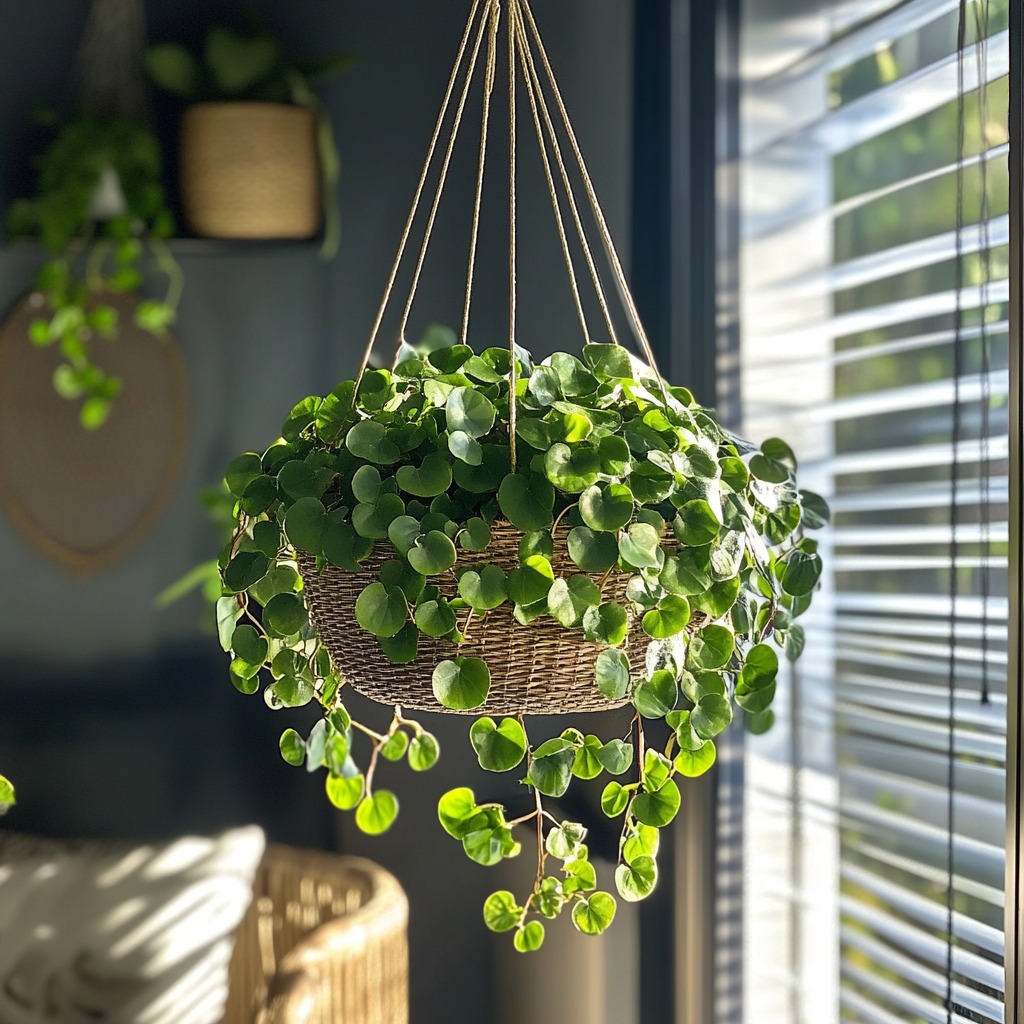
- Safety Profile: Non-toxic for pets.
- Care Requirements: Thrives in bright, indirect light; water when the soil feels dry.
- Benefits for Home: Easy-care plant with cascading leaves.
- Styling Tips: Ideal for hanging planters in well-lit areas.
8. Peperomia
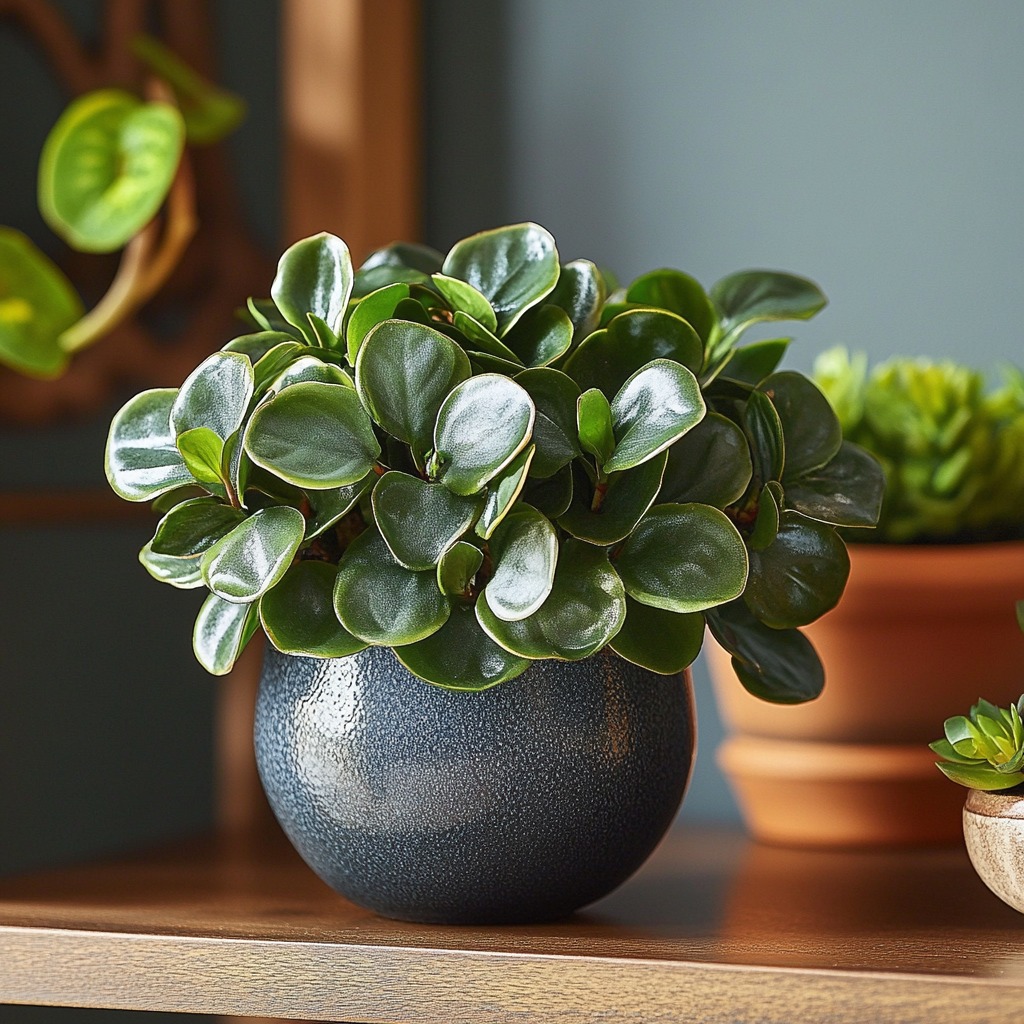
- Safety Profile: Safe for cats and dogs.
- Care Requirements: Prefers indirect sunlight and light watering.
- Benefits for Home: Compact size, perfect for tabletops or shelves.
- Styling Tips: Group with other small plants for an attractive indoor display.
9. Parlor Palm (Chamaedorea elegans)
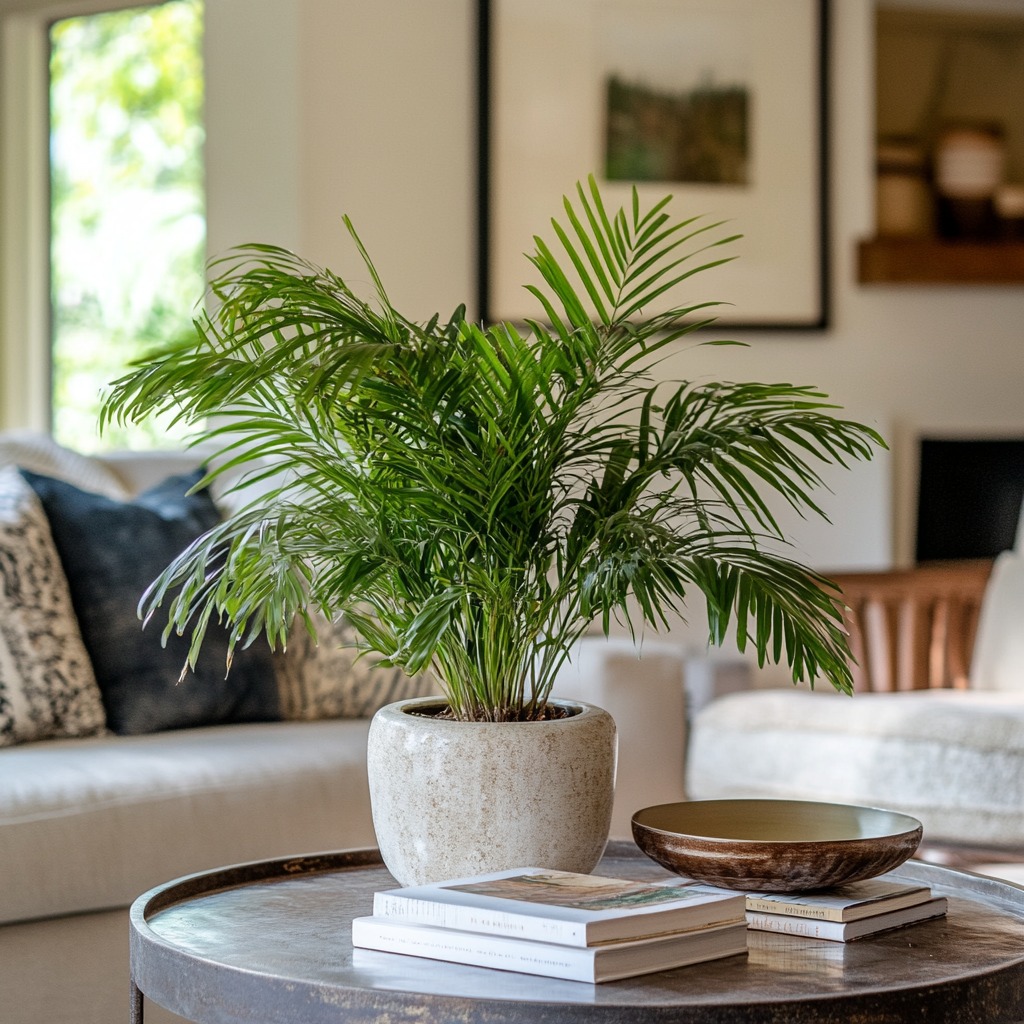
- Safety Profile: Pet-safe.
- Care Requirements: Tolerates low light and minimal watering.
- Benefits for Home: Adds elegance with minimal upkeep.
- Styling Tips: Perfect as a floor plant in low-light rooms.
10. Chinese Money Plant (Pilea peperomioides)
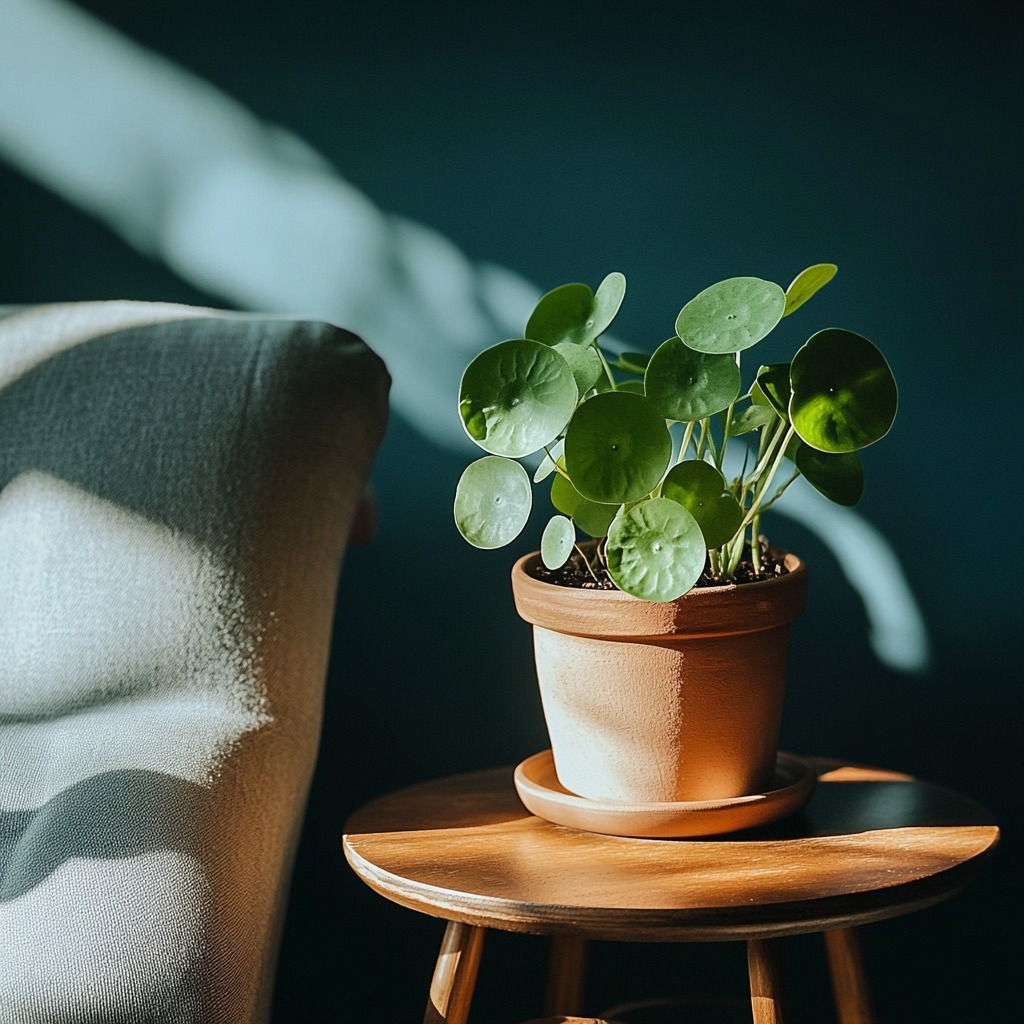
- Safety Profile: Non-toxic to pets.
- Care Requirements: Needs bright, indirect light and moderate watering.
- Benefits for Home: Unique round leaves add visual interest.
- Styling Tips: Great for tabletops or shelves with good lighting.
11. Echeveria Succulents
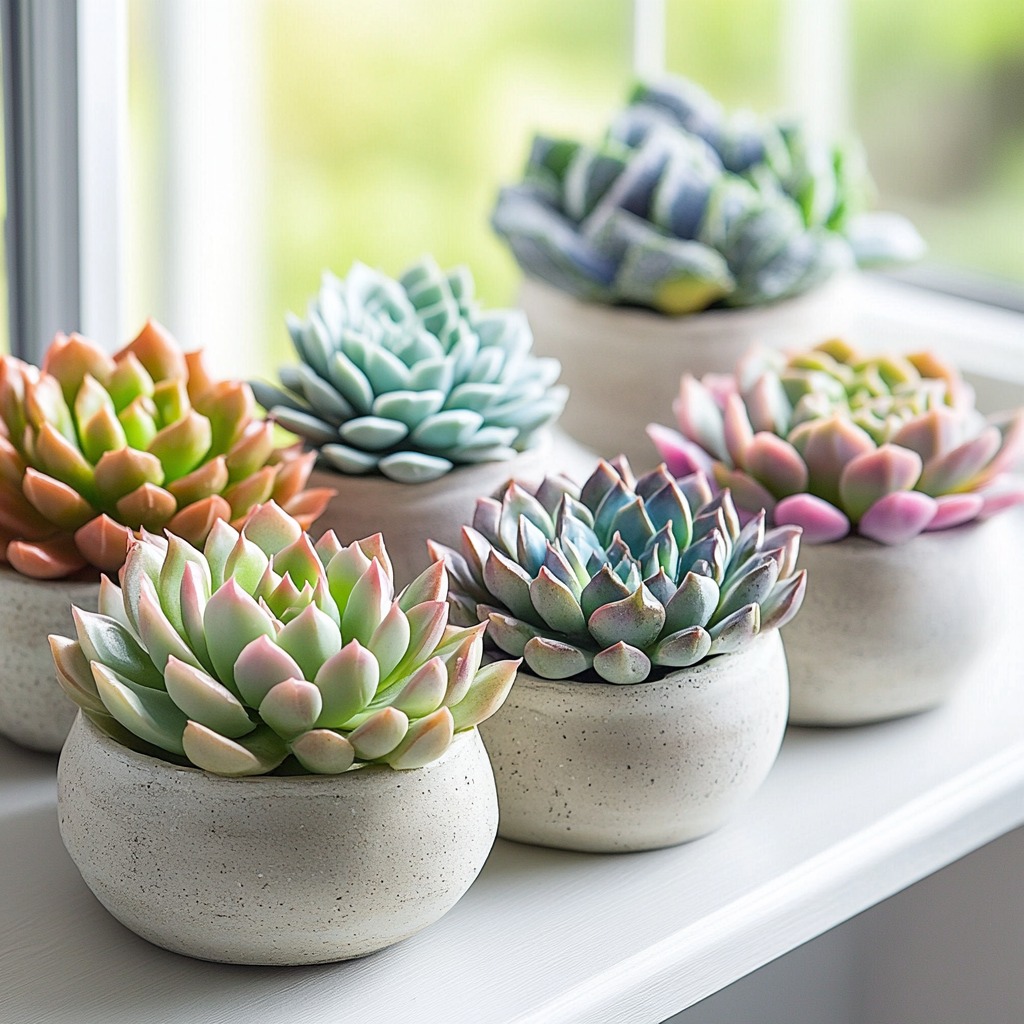
- Safety Profile: Safe for pets.
- Care Requirements: Thrives in bright, direct light with minimal watering.
- Benefits for Home: Adds a modern, minimalist touch.
- Styling Tips: Group several succulents together for an eye-catching arrangement.
12. Haworthia
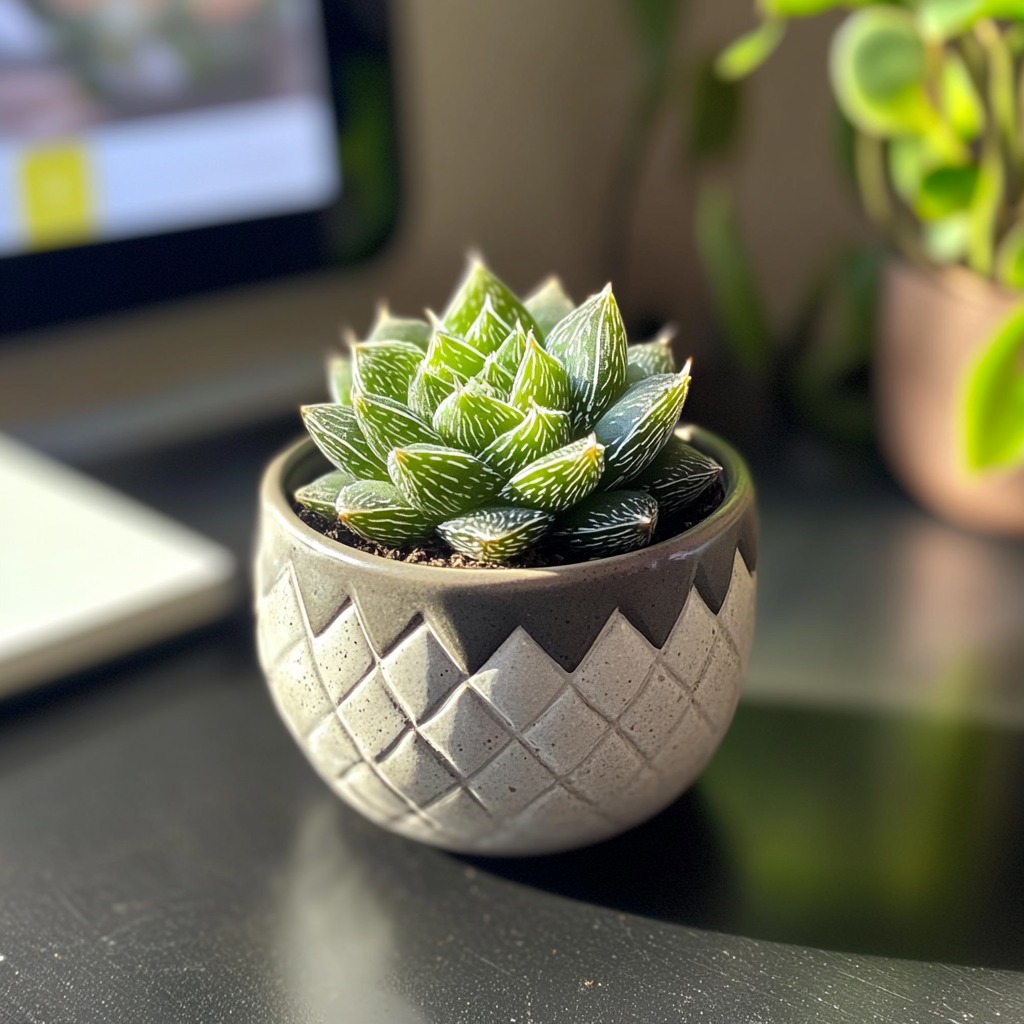
- Safety Profile: Non-toxic to pets.
- Care Requirements: Needs bright, indirect light; minimal watering.
- Benefits for Home: Compact and perfect for small spaces.
- Styling Tips: Ideal for desktops or windowsills.
13. Polka Dot Plant (Hypoestes phyllostachya)
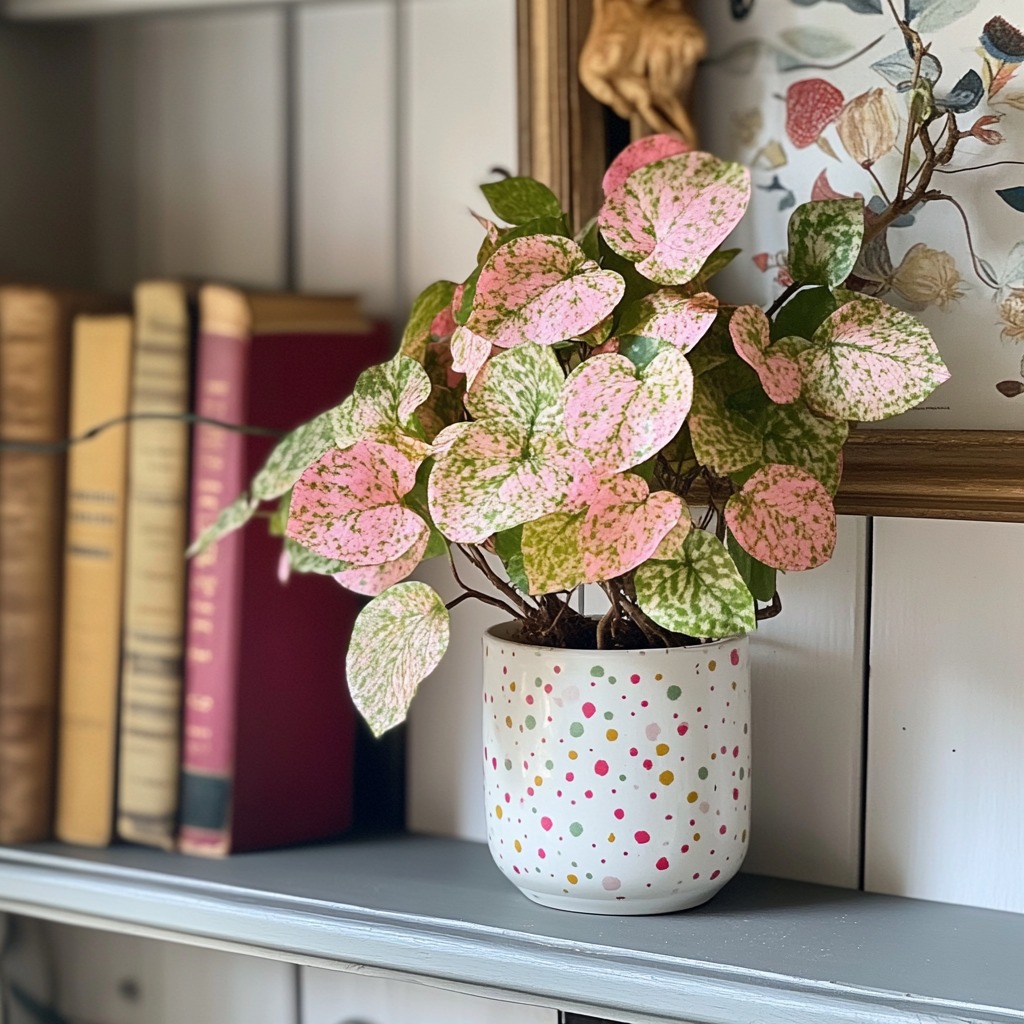
- Safety Profile: Safe for pets.
- Care Requirements: Prefers bright, indirect light; keep soil slightly moist.
- Benefits for Home: Adds a pop of color with pink and white spotted leaves.
- Styling Tips: Pairs well with other greenery for a vibrant display.
14. Christmas Cactus (Schlumbergera)
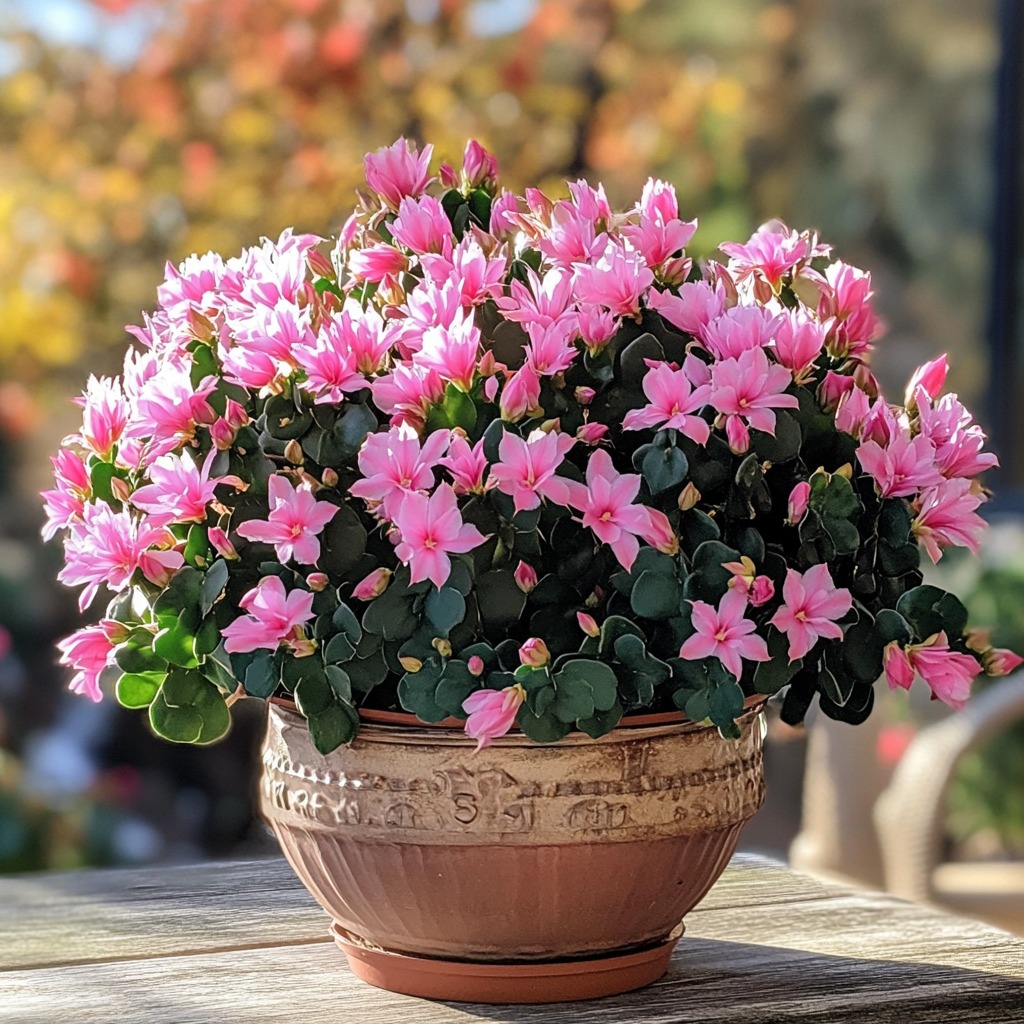
- Safety Profile: Non-toxic to cats and dogs.
- Care Requirements: Prefers indirect light; water when soil is dry.
- Benefits for Home: Produces colorful blooms in winter.
- Styling Tips: Great for holiday decor or as a centerpiece.
15. Air Plants (Tillandsia)
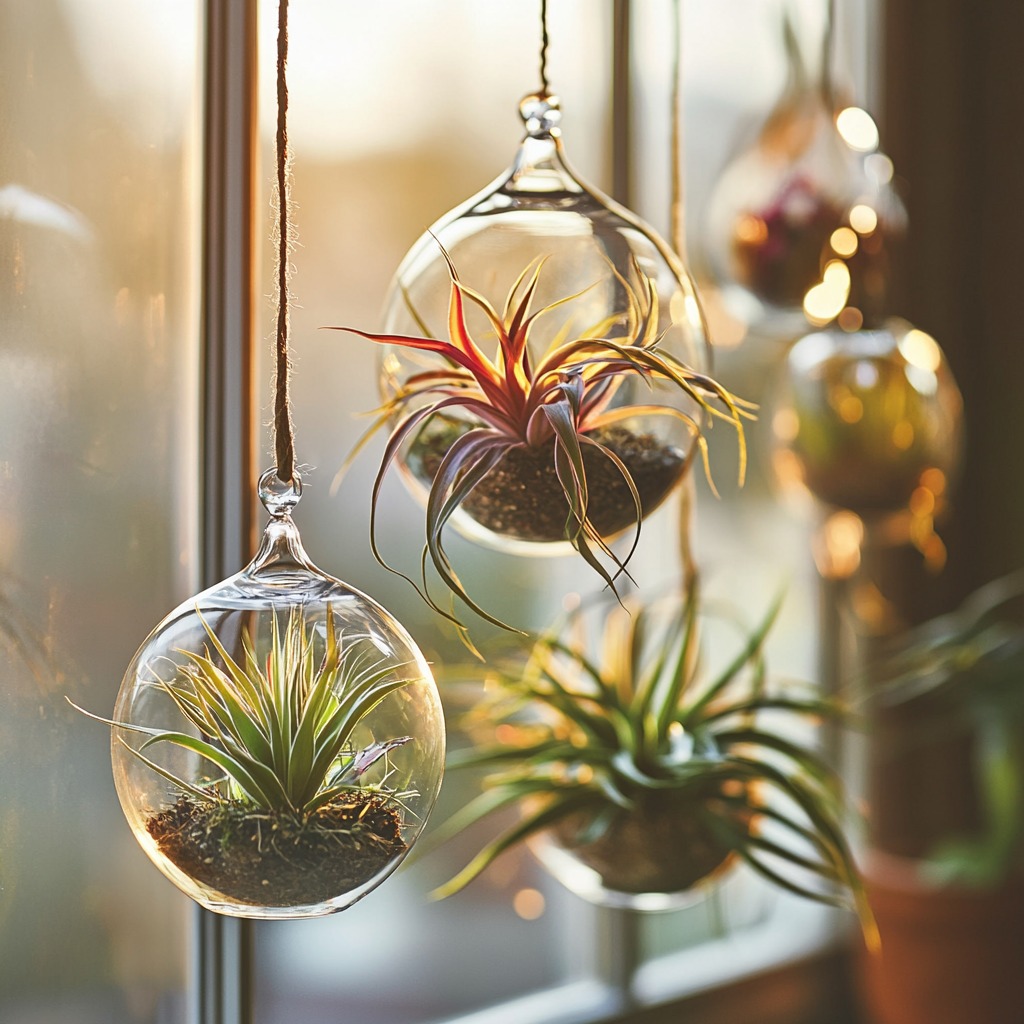
- Safety Profile: Pet-friendly and safe.
- Care Requirements: Requires bright, indirect light and periodic misting.
- Benefits for Home: No soil needed, making them versatile for creative displays.
- Styling Tips: Display in hanging terrariums or wall-mounted holders.
Plant Care Tips
General Care Guidelines
- Watering Needs: Check soil moisture and adjust watering based on plant type.
- Light Requirements: Position plants according to light preferences.
- Fertilization Safety: Use pet-safe fertilizers.
- Seasonal Care: Adjust humidity and light as needed during colder months.
Pet-Specific Considerations
Protecting plants from pets can be challenging. Placement above their reach, training to avoid plants, and offering pet-safe enrichment, such as cat grass, can keep pets and plants happy.
Common Questions and Concerns
Research each plant; keep a list of non-toxic plants for reference.
Training can help pets learn boundaries while keeping plants intact.
Not all succulents are safe for pets. While some, like Echeveria and Haworthia, are non-toxic, others (like Aloe Vera and Jade plants) can be harmful if ingested. Always verify the plant’s safety before bringing it into a pet-friendly home.
To discourage digging, cover the soil surface with pet-safe stones or decorative gravel. Placing citrus peels in the pot can also act as a natural deterrent, as many pets dislike the scent.
If your pet seems interested in chewing on plants, provide safe alternatives like cat grass or pet-safe chew toys. Training and placing plants out of reach can also help protect both plants and pets.
Additional Safety Tips
Creating a pet-safe indoor garden means using hanging planters, keeping plants off ground level, and regularly checking for pests.
Conclusion
Choosing pet-safe plants allows you to enjoy greenery while keeping your furry friends safe. By following this guide, you’ll be on your way to a beautiful, pet-friendly indoor garden!

